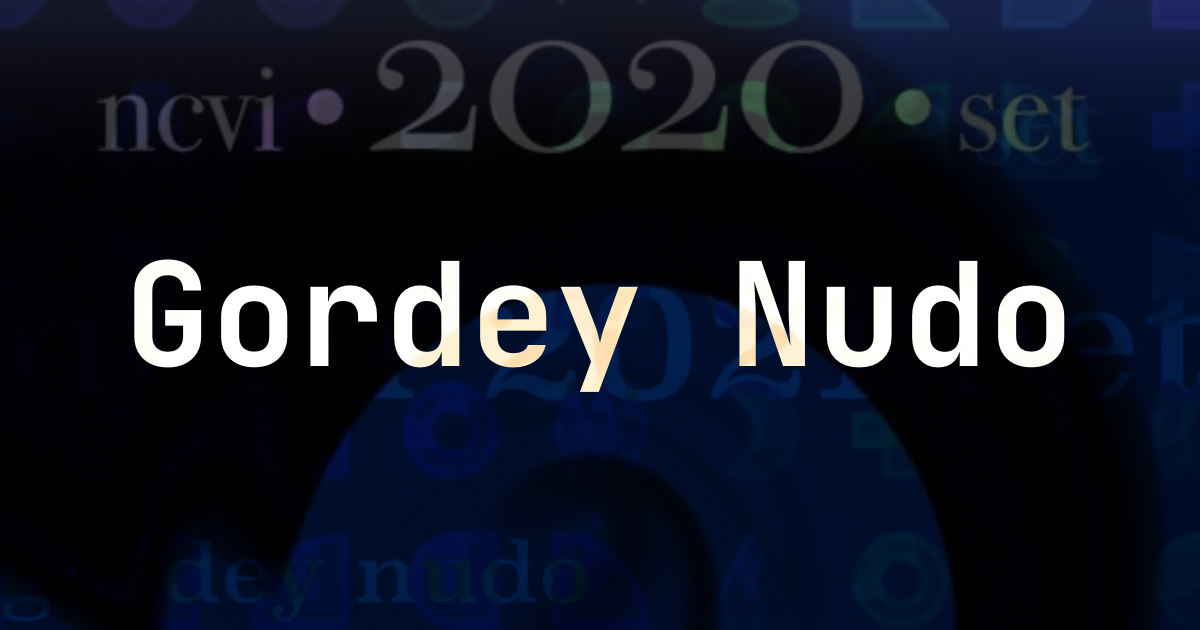About
computer graphics, m○stly generated. ⸬ any λanguage, but ƒunctional ones are preferred. punk of a progr⭑mming. made nice stuff. still doing nice stuff. /coding/ blogging gℝaphics music vj writing interactive-UIs generative-∀rt. look for the links here.
I am in the Internet for a long time, a really scoofy being, so I change my nicknames periodically just to pretend to be a mysterious person, this way you may happen to know me under one of my other nicknames:
- Ulric Wilfred
-
shamansirorshaman_sir -
tungussortungusso -
Elektrokiłka - Gordey Nudo
-
zokotuhaFly -
Kor@viy
I you’ve found one somewhere and got to this page, you are definitely at the right place.
If you would like to get acquainted with my CV, it could look much more friendly in its HTML version, which is located here: CV.
Social Links
…see many other ones in Social section.
My Passions
- See my Projects page which can give you an overall experience of what I do;
- UIs and interactivity (my Noodle project incorporates some of these ideas);
- Functional Programming (it started with LISP and Scheme, went through [Elm] and now it is [PureScript] and [Haskell]) #functional-programming ;
- Generative Art;
- Composing Music;
- Performing Music ( YouTube );
- Programming Music;
- Being a VJ (TouchDesigner, vvvv, hydra) ( Latest Demo );
- Writing my Blog
- Travelling;
Blog Articles & Talks
Till now I have published 26 blog articles in English and 42 articles in Russian, they are mostly on technical topics and the first posts were just my emotions to share. In the ⟶ blog-en ⟵ and ⟶ blog-ru ⟵ folders you may find all them. I also gave a dozen of tech ⟶ Talks ⟵. Here is the list of some the articles I am kinda proud of:
- Generating Functional Parsers
- Modern Binary Reverse-Engineering with node.js, for Elm, or Why We Really Need Elm Playgrounds
- PureScript: UI driven by Finite State Machines and Event Streams
- PureScript: UI driven by Finite State Machines and Event Streams, Part II: The Example
- Way of the Rainbow: Fingers Motion Detection Algorythm Based on a Colors Differentiation (Driven by LISP)
- Fluxus — Prototyping OpenGL graphics and games on-the-fly (add Scheme to taste), Modelling a Solar System in Fluxus
- Google Wave Client as Java Web Application
- 10 Useful Solutions for Android Developer
- 16 Practical Solutions for Javascript
- Путь радуги: Алгоритм распознавания движений пальцев рук на основе цветовой диффференциации (Driven by LISP)
- Теория категорий — бессмысленная и беспощадная!
- Путь асинхронного самурая
- Разбирая фонтан на Renderscript
- Monkey-Patching или Расширение Встроенных Типов: религия или осознанный выбор?
Also you may find the list of Skills here.
Technology behind this page
BehindThisPage tells in details how this page is page is coded. In short, look for Emanote engine.
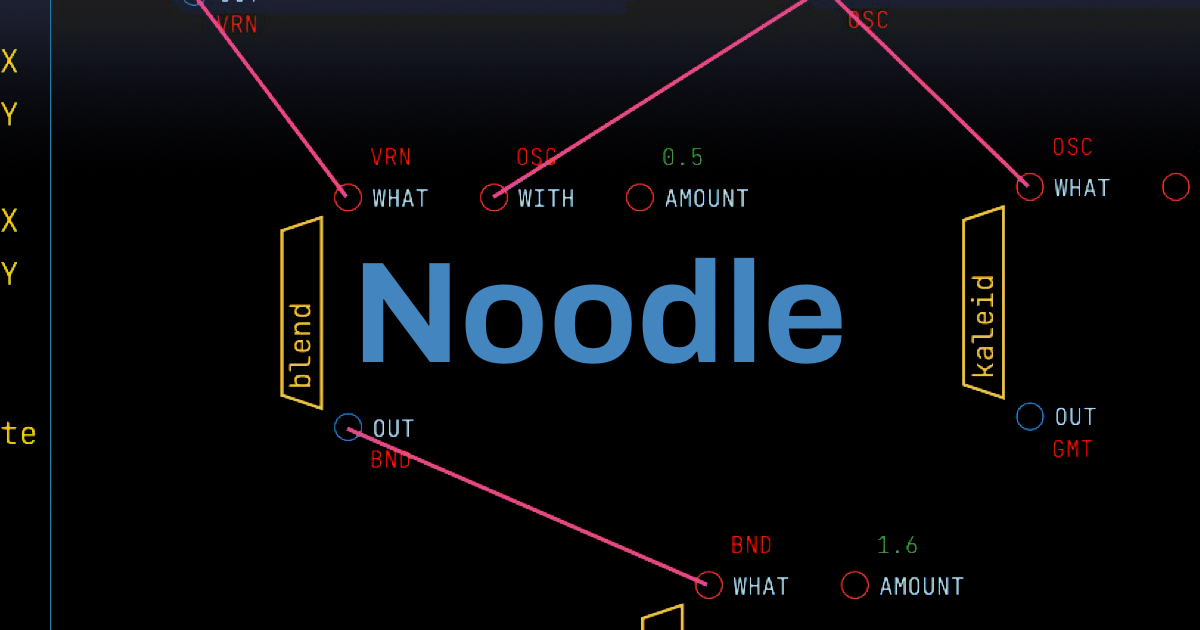
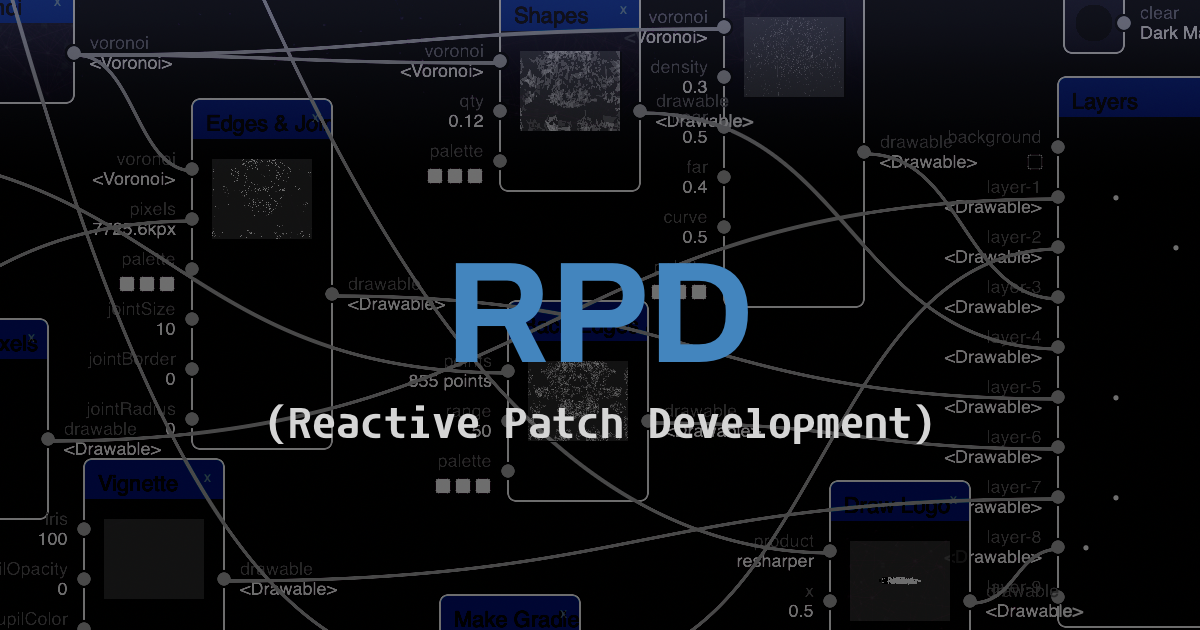
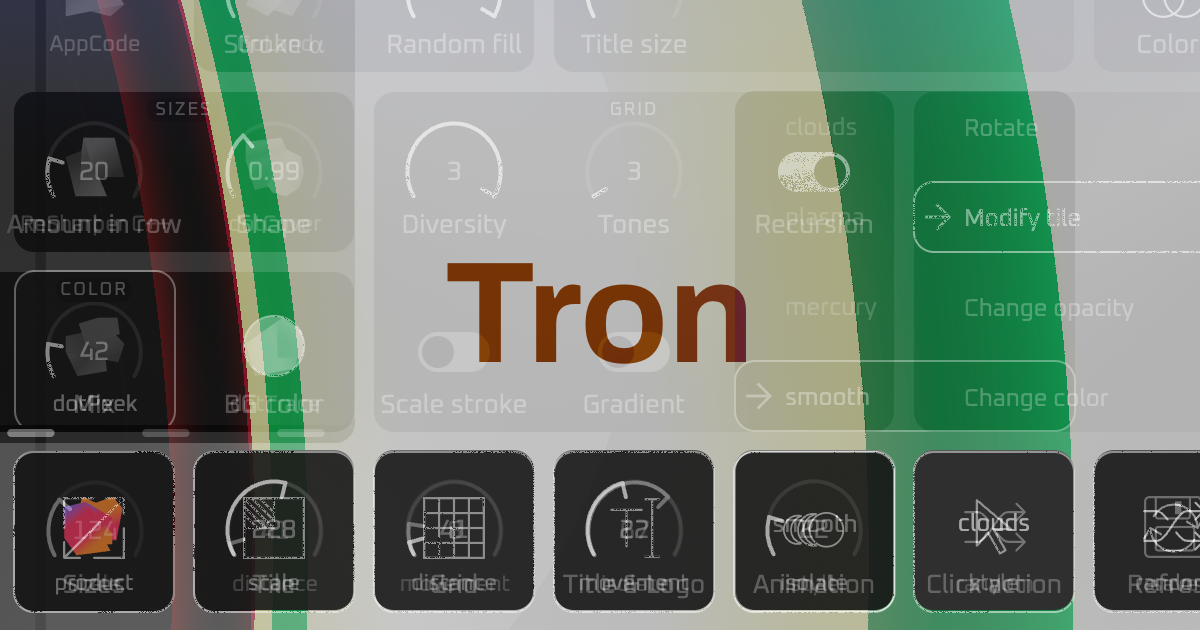

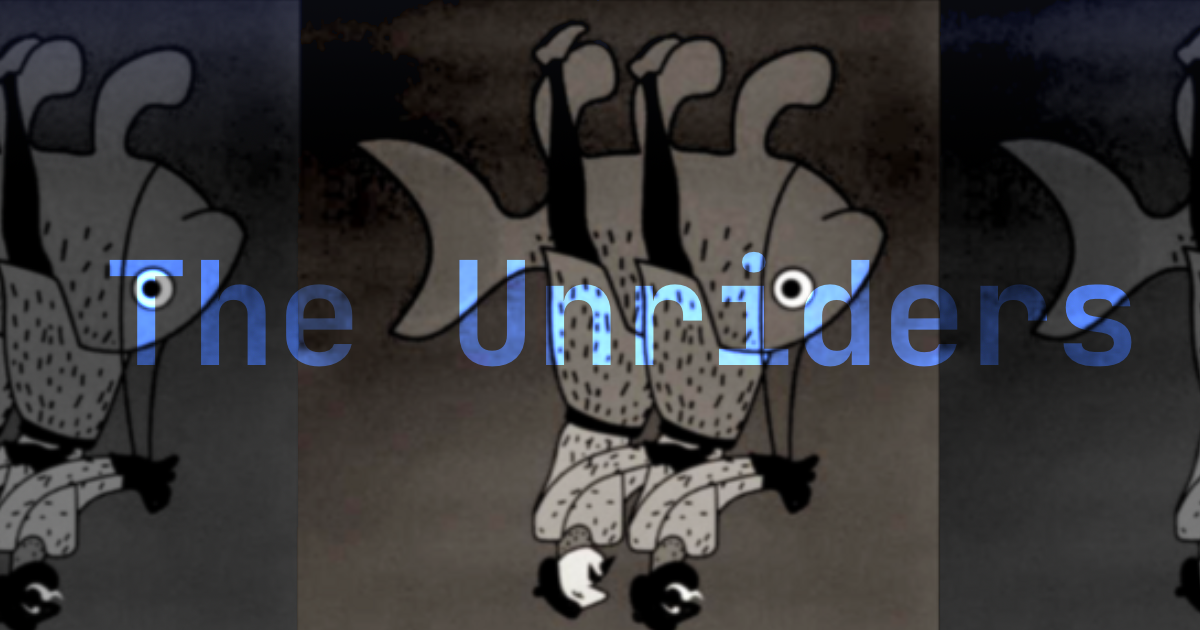
![[[Projects/assets/grid/japan-pdf.png]]](Projects/assets/grid/japan-pdf.png)


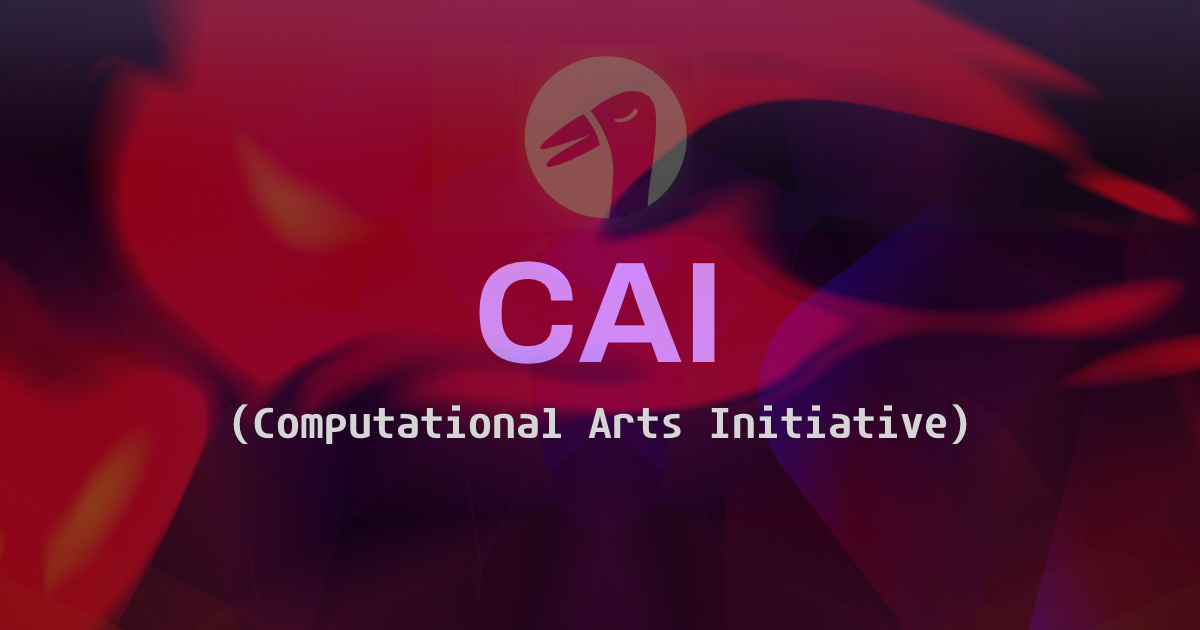

![[[Projects/assets/grid/Muenchen-Flu.png]]](Projects/assets/grid/Muenchen-Flu.png)


